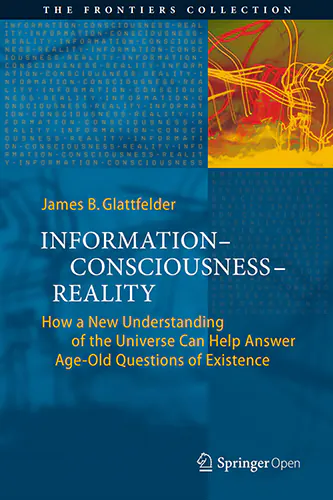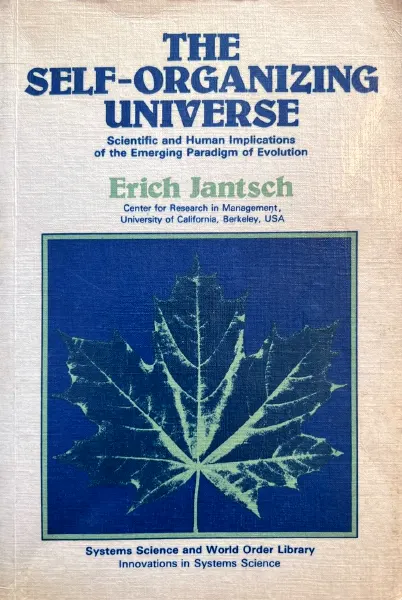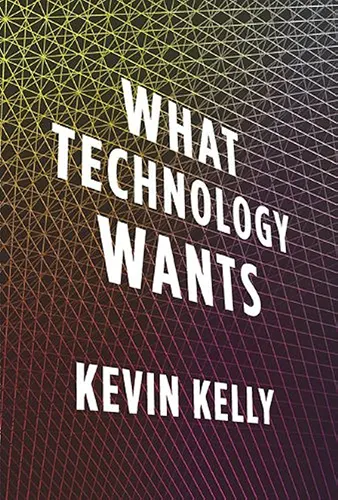The Library of Consciousness
of Consciousness
Interview on Cybernetics (1989)

Information — Consciousness — Reality
This open access book chronicles the rise of a new scientific paradigm offering novel insights into the age-old enigmas of existence. Over 300 years ago, the human mind discovered the machine code of reality: mathematics. By utilizing abstract thought systems, humans began to decode the workings of the cosmos. From this understanding, the current scientific paradigm emerged, ultimately discovering the gift of technology. Today, however, our island of knowledge is surrounded by ever longer shores of ignorance. Science appears to have hit a dead end when confronted with the nature of reality and consciousness. In this fascinating and accessible volume, James Glattfelder explores a radical paradigm shift uncovering the ontology of reality. It is found to be information-theoretic and participatory, yielding a computational and programmable universe.
Speculations Concerning the First Ultraintelligent Machine
An ultra-intelligent machine is a machine that can far surpass all the intellectual activities of any man however clever. The design of machines is one of these intellectual activities; therefore, an ultra-intelligent machine could design even better machines. To design an ultra-intelligent machine one needs to understand more about the human brain or human thought or both. The physical representation of both meaning and recall, in the human brain, can be to some extent understood in terms of a subassembly theory, this being a modification of Hebb's cell assembly theory. The subassembly theory sheds light on the physical embodiment of memory and meaning, and there can be little doubt that both needs embodiment in an ultra-intelligent machine. The subassembly theory leads to reasonable and interesting explanations of a variety of psychological effects.

The Self-Organizing Universe
The evolution of the universe—ranging from cosmic and biological to sociocultural evolution—is viewed in terms of the unifying paradigm of self-organization. The contours of this paradigm emerge from the synthesis of a number of important concepts, and provide a scientific foundation to a new world-view which emphasizes process over structure, nonequilibrium over equilibrium, evolution over permanency, and individual creativity over collective stabilization. The book, with its emphasis on the interaction of microstructures with the entire biosphere, ecosystems etc., and on how micro- and macrocosmos mutually create the conditions for their further evolution, provides a comprehensive framework for a deeper understanding of human creativity in a time of transition.

What Technology Wants
One of today's most respected thinkers turns the conversation about technology on its head by viewing technology as a natural system, an extension of biological evolution. By mapping the behavior of life, we paradoxically get a glimpse at where technology is headed—or "what it wants." Kevin Kelly offers a dozen trajectories in the coming decades for this near-living system. And as we align ourselves with technology's agenda, we can capture its colossal potential. This visionary and optimistic book explores how technology gives our lives greater meaning and is a must-read for anyone curious about the future.